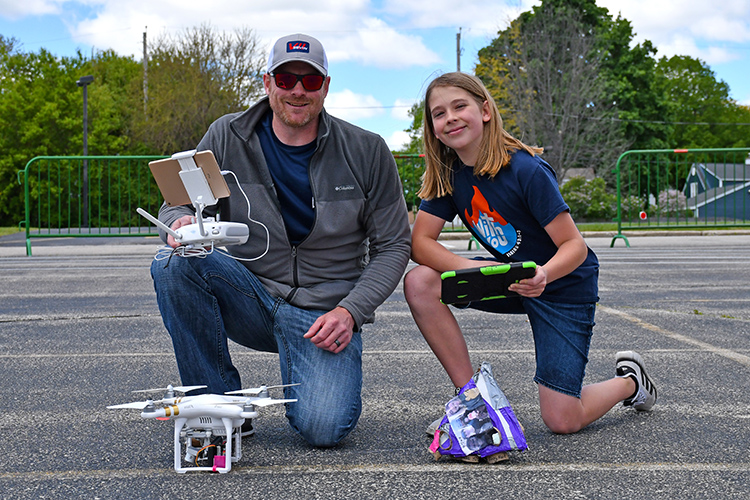STEM Education
At Wauwatosa Lutheran, STEM (Science, Technology, Engineering & Math) is core to the way students learn to think, create, and solve problems. We want every child to discover and use their God-given abilities to explore, invent, and make a difference.

What STEM Looks Like Here
- Hands-on challenges & design projects: Students brainstorm, build, test, and iterate. Mistakes are part of the process.
- Real-life modeling: building rockets and windmills, dissecting frogs or fetal pigs, using engineering to solve tangible problems.
- Technology & tools many schools don’t offer:
-
- 3D printing & CAD design
- Robots: mBot, Ozobot, Sphero, LEGO Mindstorms/WEDO 2.0
- Microcontrollers & maker tech like Arduino, Raspberry Pi
- Tools like green-screen tech, soldering, earthquake shake tables
-

Why STEM Matters
- It helps students apply ideas instead of just memorizing them.
- It promotes creativity, perseverance, collaboration, and critical thinking.
- It exposes kids to what STEM careers are like and helps them see possibilities for their future.
- It lets students find hidden talents—coding, engineering, design—and helps build confidence.
I wake up on Monday mornings more ready to go to school than any other day, because it is my STEM day. I have found coding to be my hidden talent.
I really love STEM, and I always look forward to learning more about engineering.
What Parents Want to Know (FAQ)
Is STEM part of every grade or just middle school?
STEM is offered to students of all ages. Every age has opportunities to experiment, build, code, explore.
What if my child isn’t good at math or science?
That’s totally okay. STEM isn’t about being perfect; it’s about trying, learning from mistakes, testing ideas, and solving problems. The classroom is supportive, welcoming, and encourages growth.
How much technology do they use?
Quite a lot—tools like Arduino, Raspberry Pi, robotics kits, 3D printers, CAD software, green screens, etc. It’s more than seeing; it’s using and building with these tools.
Do the STEM projects tie into other subjects?
Yes. Projects often integrate science, math, engineering design, and sometimes even art, social studies, or language arts as students plan, build, write, or present their work.
How is faith connected to STEM?
Our STEM approach is rooted in seeing God’s creativity, order, and design in the world. Students learn that exploring creation, using skills, solving problems. All of these can glorify God and serve others.
